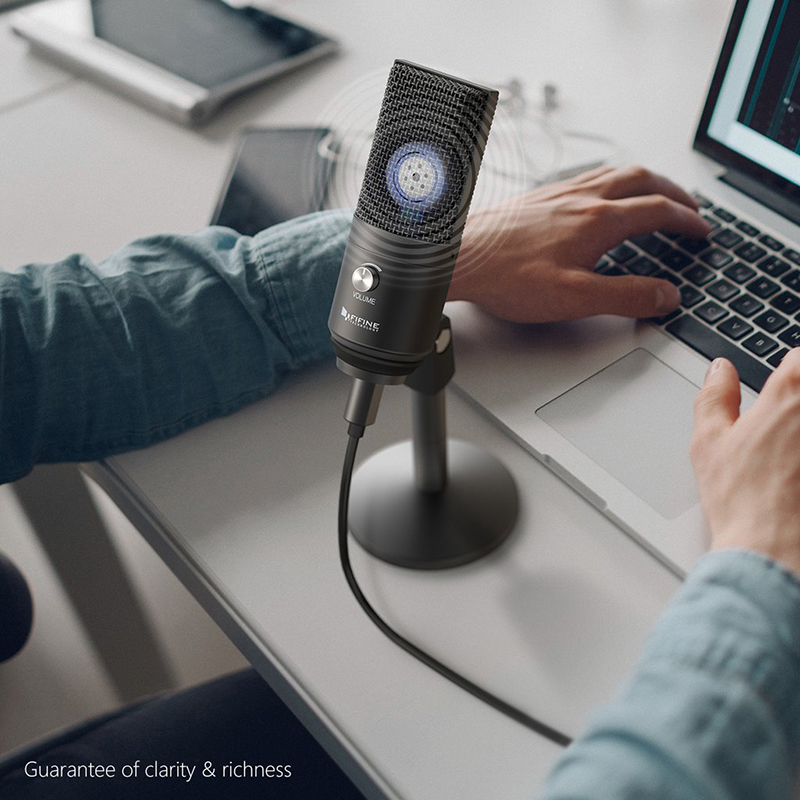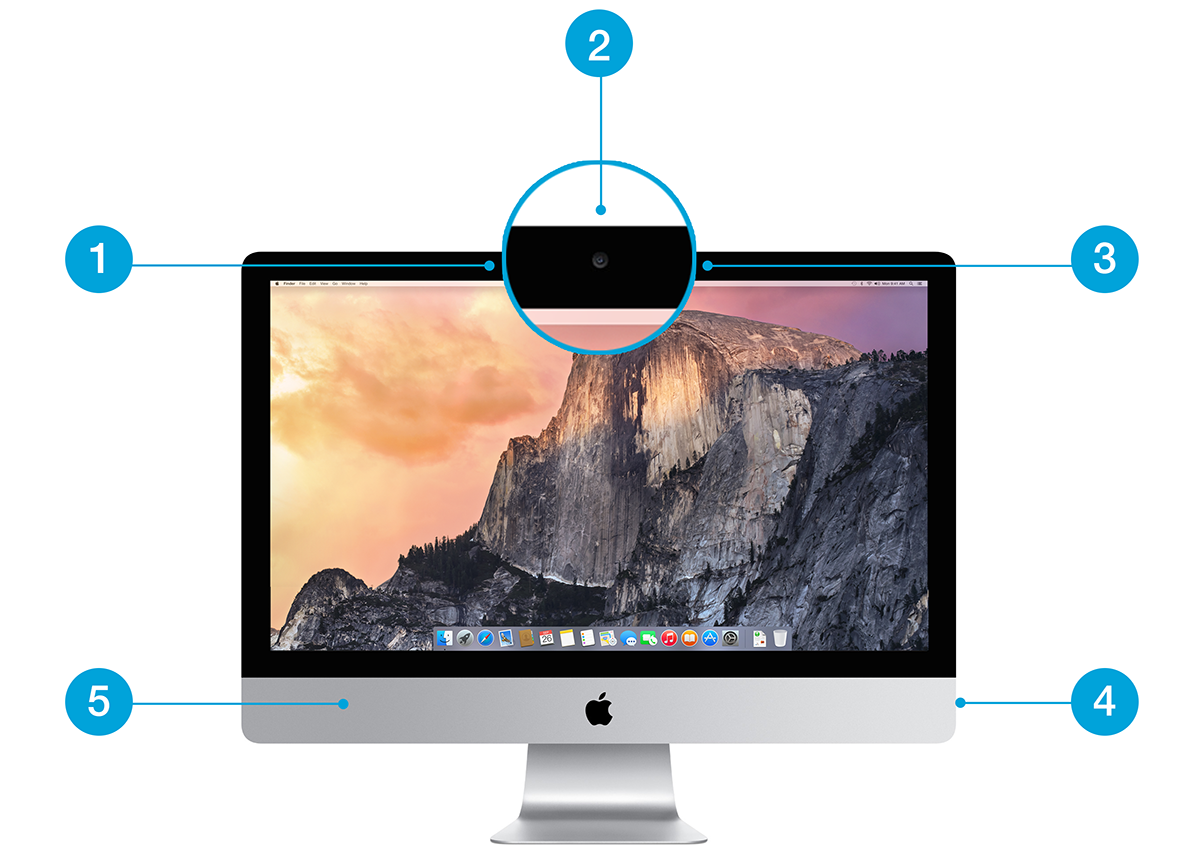


They keep the microphone right against your mouth. Otherwise if you're buying new equipment you want to go with just a USB mic that you can plug-in, simple plug and play, and it works, and it's digital all the way from the microphone into your app.Ī third option would be to get a headset. This would mostly be for musicians that already have lots of analog equipment or if you already have an analog microphone that you want to stick with you can get a converter like this. You can get some that are little mixing boards that allow multiple microphones to come in and you can mix them and change things about the audio quality before they go through USB and into your Mac. Decent ones would probably be more like $20 to $30. You can get a converter that converts analog to digital.
EXTERNAL MICROPHONE FOR IMAC MAC
These are analog microphones and to have them go into your Mac you need to convert them. Those have little jacks at the end that are audio jacks, headphone jacks, or sometimes the XLR type that are circles with like three pins in them. Now another type of microphone is a traditional analog microphone. Mine is right there where you can't see but it's still relatively close to my mouth. But if you're doing video you probably also want to keep it just out of frame. That's why you see like on radio the microphones are really close to people's faces. So don't expect that getting one of these microphones will give you good audio is you place it all the way on the other side of your desk. Remember when using a microphone the idea is to get as close as you can to your mouth. A lot of recording apps like GarageBand or ScreenFlow or apps like Skype and Zoom and such they allow you to pick the input as well so you can switch from your regular microphone to this USB microphone. Just plug this microphone into your Mac and then you can go into System Preferences and select it as your microphone Input. If you already have a Hub and it's using older USB connections you could just use that.
EXTERNAL MICROPHONE FOR IMAC PRO
If you've got a new MacBook Pro then you have USB-C so you're going to want to get a cable for a few bucks that will replace the existing cable or just a small adapter so you can plug it directly into your MacBook.

So the cord you get with them plugs into the older style USB connectors. Most of these microphones have been around for awhile. Now these are USB microphones so they plug in into the USB ports on your Mac. The higher end the better quality it's going to be. Basically you're going to get what you pay.

You can find ones that are very lightweight and smaller and cost a lot less. It's a little more on the expensive side and it's not very portable. This is what I'm using and this is what most people who would be recording podcasts or making videos would be using with their Mac. The first is to get an external USB microphone. Now there are basically three different kinds of external mics I want to talk about. But they are still going to pick up noise from your fans, from things moving right on your desk, and you touching your keys on the keyboard.I f you want to up your quality game you might want an external mic. They're pretty good quality considering that they're built-in. But it may not be the best idea to use this onboard mic. You can use these microphones for anything else. Basically if it has a FaceTime camera on the front it has got to have a mic otherwise you wouldn't be able to do things like FaceTime using your Mac. All the MacBooks do and the iMacs as well. Join us and get exclusive content and course discounts. There you could read more about the Patreon Campaign. MacMost is brought to you thanks to a great group of more than 600 supporters. Today let me tell you about getting an external microphone for your Mac. Video Transcript: Hi, this is Gary with. Check out Getting An External Microphone For Your Mac at YouTube for closed captioning and more options.


 0 kommentar(er)
0 kommentar(er)
